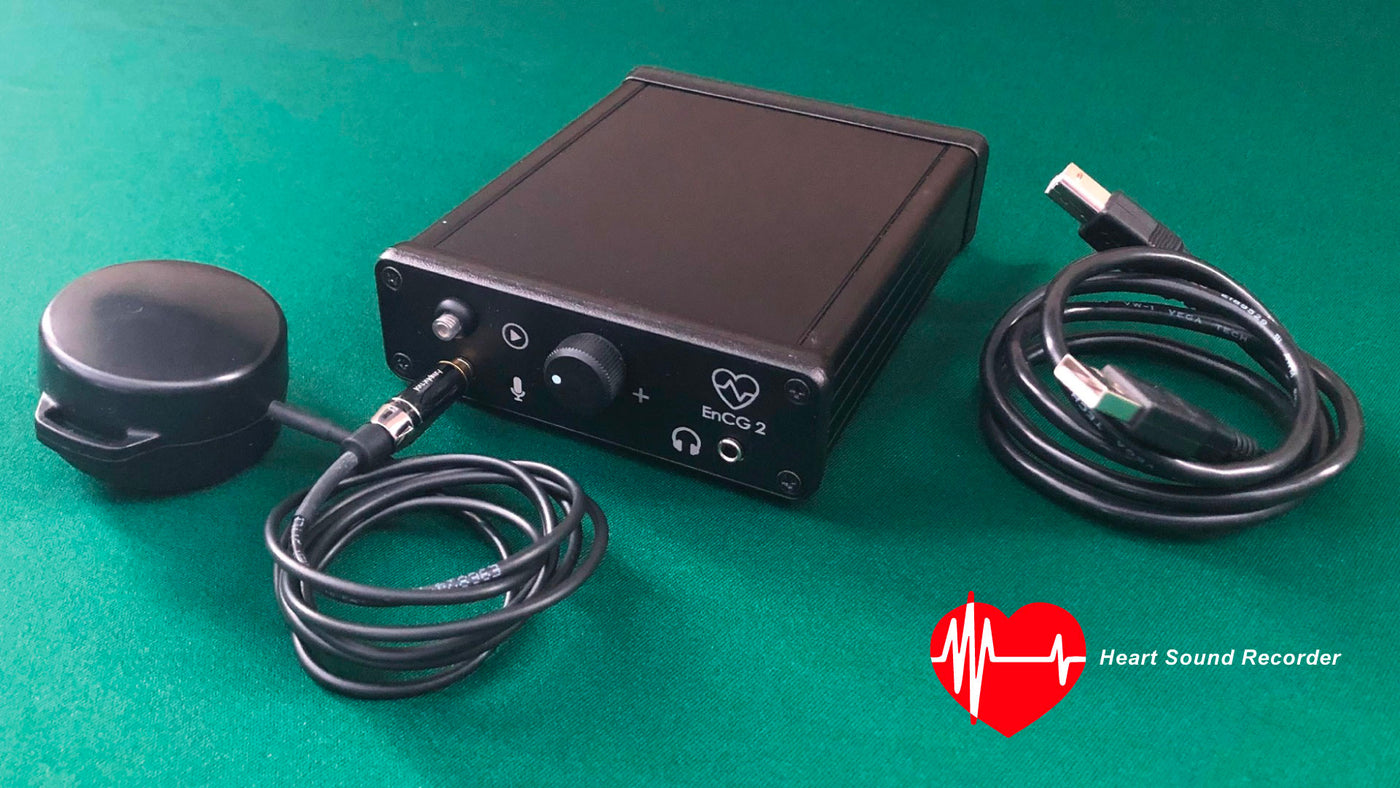A Non-Invasive Way to Listen to What Your Heart Might Be Telling You
If you’ve been feeling low on energy, worn out, or just off in ways you can’t quite explain—your heart might be trying to tell you something.
Not in a dramatic, scary way. But in that quiet, rhythmic language it speaks so well. The Heart Sound Recorder, or HSR, is one of my favorite tools for tuning into that language—gently, naturally, and without needles, machines, or stress.
What Is the Heart Sound Recorder?
The Heart Sound Recorder is a non-invasive tool that uses a sensitive microphone to record and graph the sound of your heartbeat. With this visual and audio snapshot, we can observe three key things:
- Rate – how fast your heart is beating
- Rhythm – the work-to-rest balance of each heartbeat
- Tone – the strength and clarity of the “lub dub” sounds
It’s kind of like watching a live sketch of how your heart is functioning in real time. This can offer insight into how your body is adapting to the nutrients, stressors, and lifestyle inputs you’re giving it.
A Little History: Rooted in Whole Food Wisdom
This tool comes from the work of Dr. Royal Lee, a pioneer in natural nutrition and the founder of Standard Process. He believed that many modern health concerns were rooted in nutritional stress—and that the heart was one of the first places this would show up.
The original version of this tool, called the Endocardiograph, was developed back in the 1930s. Today, we use its updated digital version—the Heart Sound Recorder—to carry that same vision forward with clarity and precision.
What We Observe with the HSR
We’re not using this tool to diagnose, treat, or make any medical decisions. We’re simply listening. Observing. Supporting.
Here’s what we often look at:
Rate
Is the heart speeding up too much? Or running a little too slow? That can offer insight into how your autonomic nervous system is doing—the part of your brain that regulates heart rate, digestion, and blood pressure.
Nutrition and stress both play big roles here.
Rhythm
Your heart should be working... and then resting. Ideally, resting twice as long as it’s working. If the rhythm is off, it may suggest your body’s having a hard time finding balance between activity and recovery.
We can explore ways to support more balance through nutrition, lifestyle, and calming strategies.
Tone
This is about the strength and clarity of each heartbeat. Is the “lub” strong and clear? Is the “dub” quiet and relaxed? When tone is soft or uneven, it might reflect a need for nutritional or lifestyle support.
Again, we’re not diagnosing—we’re simply using these patterns as clues.
Who Can Get an HSR Scan?
Honestly? Anyone. You don’t have to be an existing patient to come in for a Heart Sound Recorder scan. It’s a great option if you’re just curious about how your heart is functioning or want to explore a natural approach to overall wellness.
The scan is completely non-invasive and takes just a few minutes. No prep, no stress.
Supporting Your Heart, Naturally
This scan can be a great way to track how your body is responding to:
- New nutritional support
- Stress management changes
- Detox or gut health protocols
- Adrenal or hormone-balancing efforts
Because the heart responds so quickly to changes in your system, you can often see changes on follow-up scans—sometimes even the same day.
Serving Penfield, NY & Beyond
I offer Heart Sound Recorder sessions right here in my Penfield office, and I welcome clients from Pittsford, Webster, Fairport, Rochester, and all across Monroe County.

